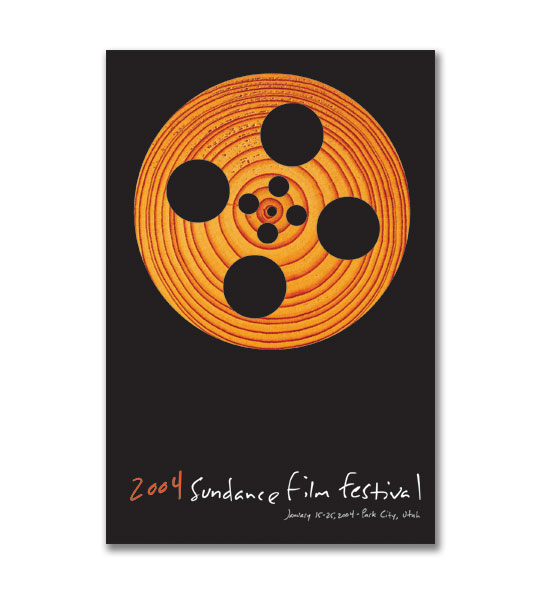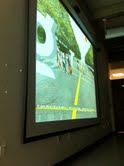As an experimental exercise around a month ago, we did open-ended line drawings (well, the lines had to touch multiple sides of the frame, but you get the idea). There were relatively few requirements other than a limitation to ten lines per drawing. In this I found power in restrictions. Just as the artists of the French Revolution were inspired by the chaos around them, and just as the classical painters got by without Photoshop, so did the intentional simplicity bring out some interesting themes.
What was most interesting for me was not so much the general concept itself, but the individual iterations - we did a handful of sketches with sharply angular lines, and others using traced natural objects. Leaves are certainly not my thing - I don't do organic - but they did wonders in the paintings of others. The point is that in a diverse introductory class like this, you've got a lot of learning styles and thus should encourage experimentation.
Here you can see the finished product, the result of many sketches and some refined drawings:
Having completed a second, similar project, I've had a chance to reflect (more to the point, we got our first assignments back with grades, so I have something to scan and show rather than talk in abstractions). Here are some of the lessons I learned both through and during the project. You can number them in your head - I try to avoid top ten lists.
- As of yet, I have limited representational ability, but simply trying out realistic sketching is quite refreshing. It's a whole new paradigm I never gave myself a chance to explore yet. While this project called for quite the opposite of anything resembling coherent reality, taking liberties outside of class allowed me to develop personally.
- On a related note, there are very many talented artists out there. I was humbled by the quality of some of the results of my classmates. While I felt our group critique was quite critical of my work, I realize now that there are genuine areas where it can be tightened and refined.
- All of this discussion about talent makes me wonder how anyone really gets ahead. Clearly artistic merit, creativity, and networking form a healthy backbone, but there seems to be some inherent randomness at play.
- As the second project unfolded, I began to discover that refinement in the planning stages really dictates the quality of the finished product. When you commit to inking in something that will use up your energy and your resources, you should have thought it through first. That will make the process not only easier, but also more intrinsically rewarding. With a thorough concept and style in mind, there's real motivation.
- I should really make it clear: worthwhile art takes a long time. A handful of presentable sketches takes a few hours, while the finished product in this case could take six.
- Career planning: I'm not so sure I want to go into a pure design field. It's not necessarily the main work I want to be doing, although I would love to incorporate design into the other things I do. I'm really into web design, and I've made it a goal to apply to these common principles in the work I do.
- Another life lesson: Procrastination and lateness can kill not only the work itself, but also the desire to keep it going. The feeling that you're falling behind puts you in a survival mode, where you wonder how you can get finished rather than how to make the best product. Getting things done the night before not only relieves you and gives you assurance about your work and yourself, but it also opens up opportunities for you to let your work evolve and grow over time. That hour before class where you're rushing could be used to find new and inspiring elements to incorporate into your work. As with most creative processes, inspiration rarely comes directly. Only through comparison and connection (and reverse osmosis, as they say) can you build upon a work that might be mundane but has real potential. (I'm really directing this advice at myself - giving myself more time and space to let out my artistic ideas is something I'm working on).
I've already written quite a bit and communicated my main concerns and triumphs, so I'll start to wrap it up. Looking back a lot of the lessons have relatively little to do with the project directly at hand. Whoops? I would actually say that's part of the beauty - learning how to be a more creative person, even if this field's not my main pursuit. Design, as I had hoped, is becoming a more central part of my life.
-Casey Penk








